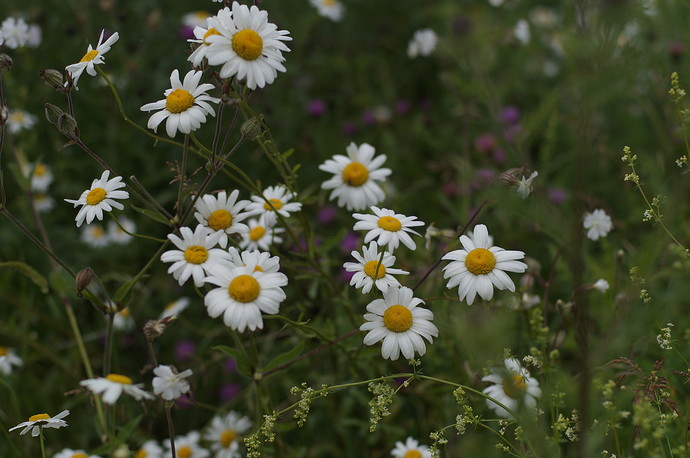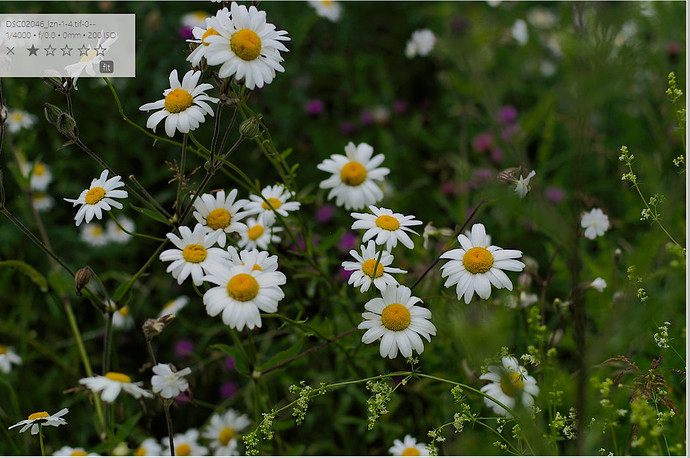What a welcome surprise. Thanks for bringing this deprecated module to my attention, we Youtube converts, have not seen anyone discuss this module. 1st I ever heard of it. But I’m late to the party, as its on its way out.
dt deprecated - Zone System
Until I discover otherwise, just as I said about the lightzone’s equivalent - I Like it, a lot. But I obviously have not spent time with it enough. I found the lightzone version, easier to use, but this could be cos I spent much more time with that. The dt version needs a scroll wheel for optimal productivity - must dig a mouse out from an archive. Not that I have anything against mice.
Final/Output Image Sharpening in Lightzone
While investigating sigmoid, comparing the results led me to an opinion, that I hold no reservations about. I prefer the sharpening tools in Lightzone, and cannot achieve similar results in darktable, with what is there today (version 3.5 dev version). or the stable version 3.4. The difference was a bit of a shock to me.
Cross Tool Workflow
But not an issue, I’m now pretty open minded about these things. So if the image is an important one, my workflow becomes something like this.
Repository of all images, Library Manager - Keeper of all Truths, Master Image Viewer = Darktable. (I love this aspect of darktable, awesome accurate view of images in the lighttable.
So whatever I do in any other tools, I bring it all back to darktable for housekeeping.
Raw Image development, depends, use whatever I like, Capture One, Sony Imaging Edge, Darktable(filmic, sigmoid), Adobe Photoshop/LIghtroom, Lightzone Filmulator. And the final sharpening stage may be omitted when using these tools, or the noise reduction omitted.
Image enhancement, dodging and burning - same - use whichever tools give me the best results, in any app.
Sharpening - then I most likely go back into Lightzone cos I love its sharpening tools, and the results, I have seen.
And use the highest bit depth tiff files as the intermediary between these tools.
End Result - That's what should count the most, not which tool was used
At the end of the day, its all about the image, and while it may be cumbersome, if the image is worth the effort, one should not be held back by any limitations in any one tool.
And then bring it all back into darktable for organisation. So darktable keeps track of all the inputs, intermediate outputs, and final renders, even if these final renders are created in other tools.
I am not a commercial photographer yet, so I do not have 3000 pics from a wedding to process, in a few hours, so time is a luxury I can afford, if the image deserves it.
Every approach has its compromises, and once I saw the results of sharpening in Lightzone, I was hooked, and my workflow has to change to accommodate this best of breed approach, rather than trying to find one ring(as in Lord of the Rings) to bind all image processing. If all the hardwork in dt imaging tools can be improved by sharpening in Lightzone, so be it.
dt is much more than raw image processing !
The image processing gets so much attention and warm discussions.
A lot of the recent discussions I have participated in or started on pixls, has tended to focus on raw processing in Darktable, in the darkroom, but darktable is much more than just a raw processor, and it does not have to be the master or sole arbiter of everything including raw processing.
A lot of us dt diehards have to rethink the all-in-one mindset which we have applied to the product. The most widely used photo app ecosystem by professionals has three components - Adobe Camera Raw, Lightroom and Photoshop, and end users integrate their workflow between these tools, so nothing wrong with splitting the workflow between apps, open source or otherwise.
As photographers, we swap out batteries, SD-Cards, lenses, camera bodies, straps, lights, tripods, add, replace buy and sell, software image processing should be similar, use whichever tool, gives us the best result in a specific area. Best of breed, my mantra going forward.


